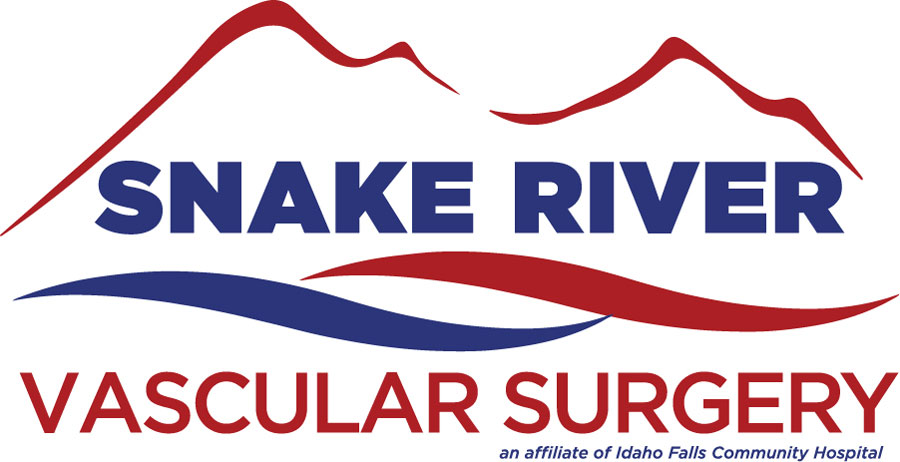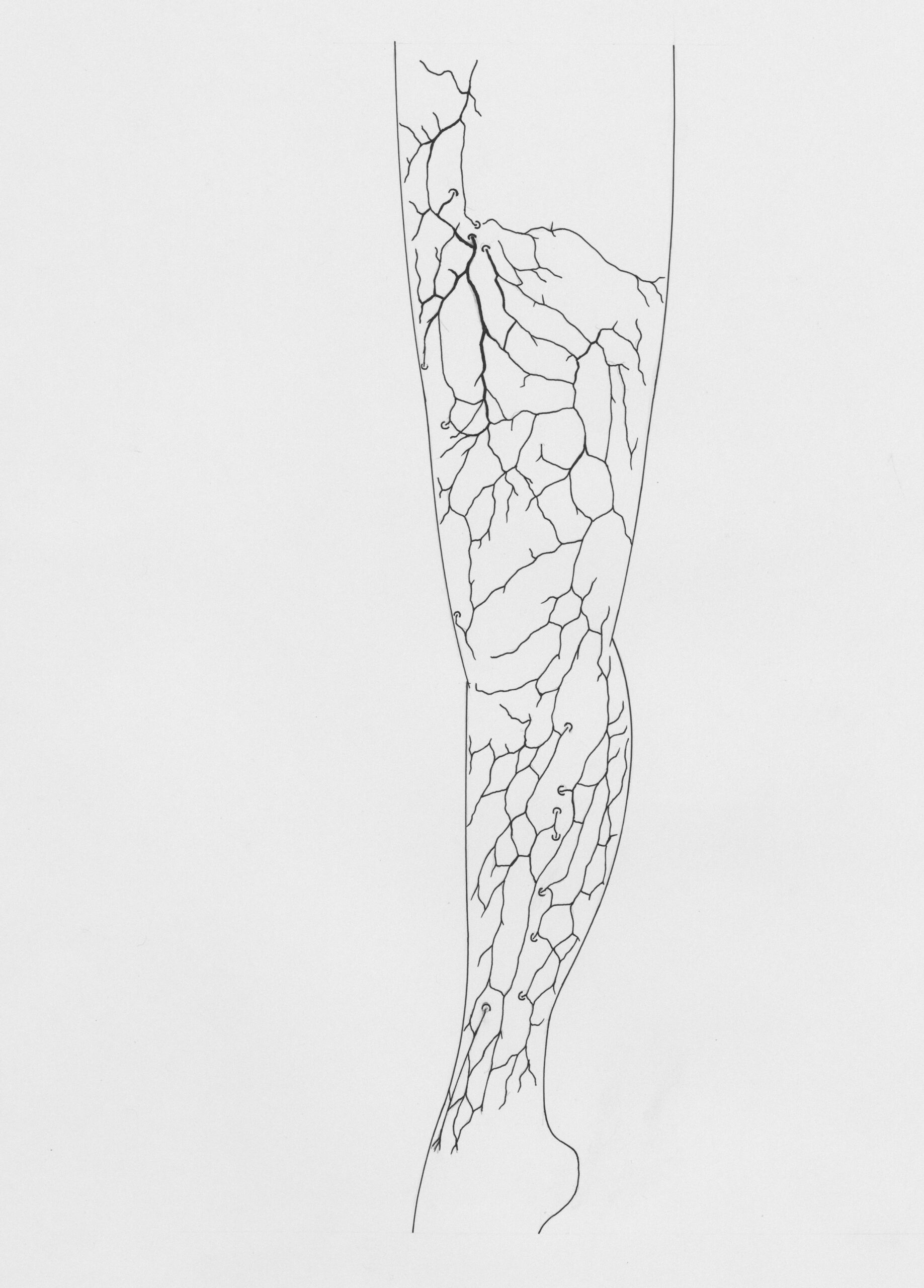How to Help Leg Wounds Heal Faster
Leg wounds, whether from injuries, surgery, or chronic conditions, can take time to heal. Proper care and attention are crucial to prevent infections, reduce discomfort, and ensure a faster recovery. Depending on the severity of the wound, healing can take anywhere from a few days to several weeks or even months. To help leg wounds heal faster and minimize complications, there are several best practices to follow.
Here are some essential tips on how to speed up leg wound healing:
Keep the Wound Clean and Moist
Maintaining proper hygiene is the cornerstone of wound care. A clean wound reduces the risk of infection, which can significantly slow down the healing process.
- Clean the wound gently: Rinse the wound with mild soap and water to remove dirt and bacteria. Avoid harsh chemicals like hydrogen peroxide or alcohol, as they can damage tissue and hinder healing.
- Moisturize the wound: Keeping the wound moist helps prevent scabbing, which can delay healing. Apply an antibiotic ointment or a moisture-retaining dressing, such as a hydrocolloid or silicone sheet, to keep the wound hydrated and promote faster healing. Studies have shown that moist wound environments allow cells to regenerate more quickly than dry ones.
Use Proper Wound Dressings and Change Them Regularly
The right dressing can make a significant difference in how quickly a leg wound heals. Using sterile and appropriate dressings helps protect the wound from infection and supports the healing process.
- Select the appropriate dressing: Depending on the wound’s size and severity, your healthcare provider may recommend different types of dressings, such as gauze, foam, or adhesive bandages. For wounds with more fluid or discharge, an absorbent dressing may be needed.
- Change dressings regularly: Dressing changes should be done daily or as advised by your doctor to prevent infection and keep the wound environment optimal for healing. Always wash your hands thoroughly before and after dressing changes.
Elevate the Leg
Swelling can slow down the healing process by restricting blood flow to the wound. Elevating your leg can help improve circulation and reduce swelling.
- Elevate the leg above heart level: Whenever possible, prop your leg up on pillows or cushions to reduce swelling and promote better blood flow. This is especially important if the wound is due to surgery or injury.
- Take frequent breaks: If you need to be on your feet, try to take breaks to sit down and elevate the leg throughout the day.
Eat a Nutritious Diet and Stay Hydrated
A well-balanced diet rich in nutrients helps your body heal faster by providing the building blocks it needs for tissue repair.
- Eat protein-rich foods: Protein is essential for wound healing as it helps repair damaged tissue. Incorporate foods like lean meats, fish, eggs, and legumes into your diet.
- Consume vitamins and minerals: Vitamin C, zinc, and iron are particularly important for wound healing. Vitamin C promotes collagen production, while zinc and iron are vital for tissue repair and immune function. Eat plenty of fruits, vegetables, and whole grains to get these essential nutrients.
- Stay hydrated: Water is necessary for maintaining healthy tissue and circulation. Drink at least eight glasses of water per day to support the healing process.
Manage Underlying Health Conditions
Certain medical conditions, such as diabetes or poor circulation, can slow down the healing process. Managing these conditions is essential for promoting wound healing.
- Monitor blood sugar levels: If you have diabetes, maintaining controlled blood sugar levels is vital for preventing complications and ensuring faster healing. High blood sugar can impair circulation and reduce the body’s ability to repair tissue.
- Improve circulation: For those with conditions like peripheral artery disease, your doctor may recommend exercises, compression stockings, or medications to improve circulation and aid in wound healing.
Avoid Infection
Infections can significantly delay the healing process and lead to more serious complications. Preventing infection is key to faster recovery.
- Watch for signs of infection: Redness, increased pain, swelling, warmth, or discharge from the wound could indicate an infection. If you notice these signs, seek medical attention immediately to prevent the infection from spreading.
- Follow your doctor’s advice: If your doctor prescribes antibiotics or other treatments, follow the instructions carefully to ensure the infection is fully treated and the wound can heal properly.
Leg wounds can prove stubborn, especially without proper care. If you have concerns or want help to heal your leg wounds, let us help you at Snake River Vascular Surgery!

